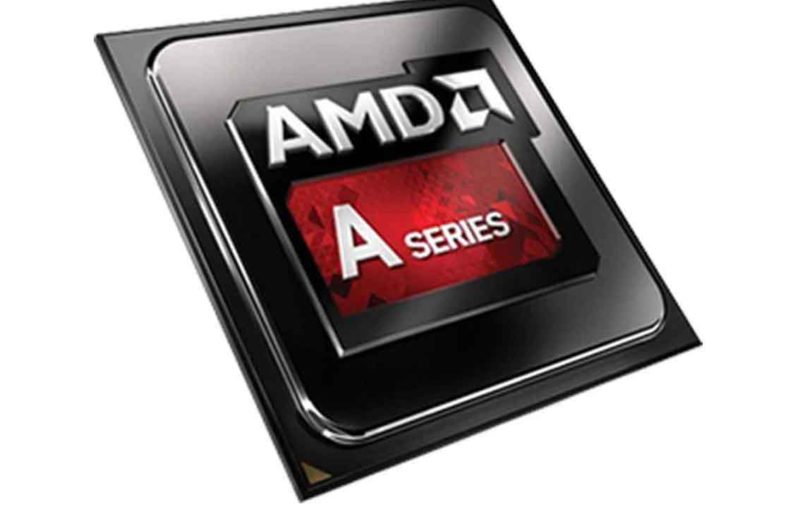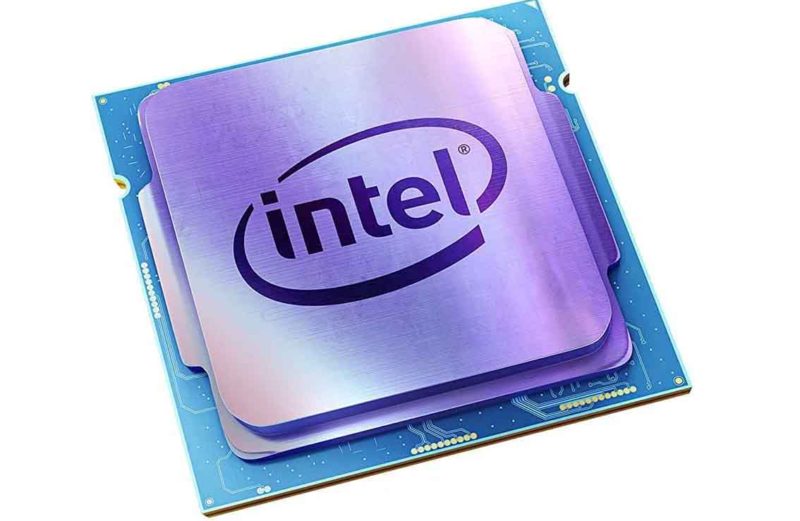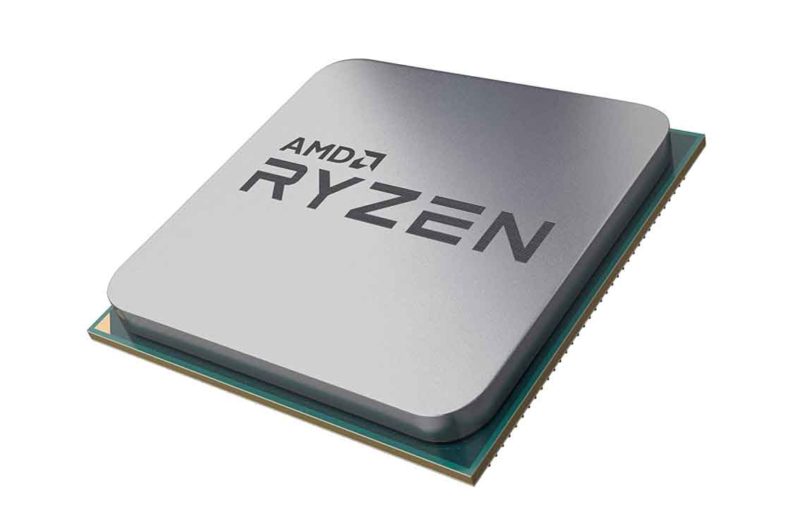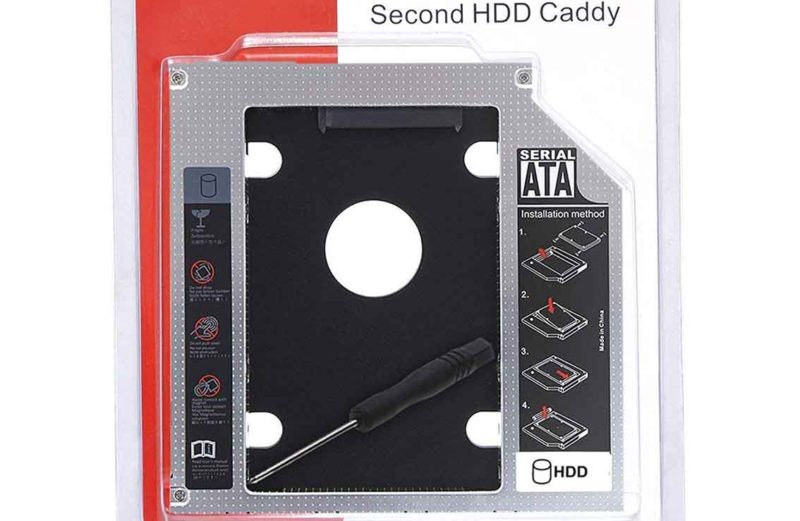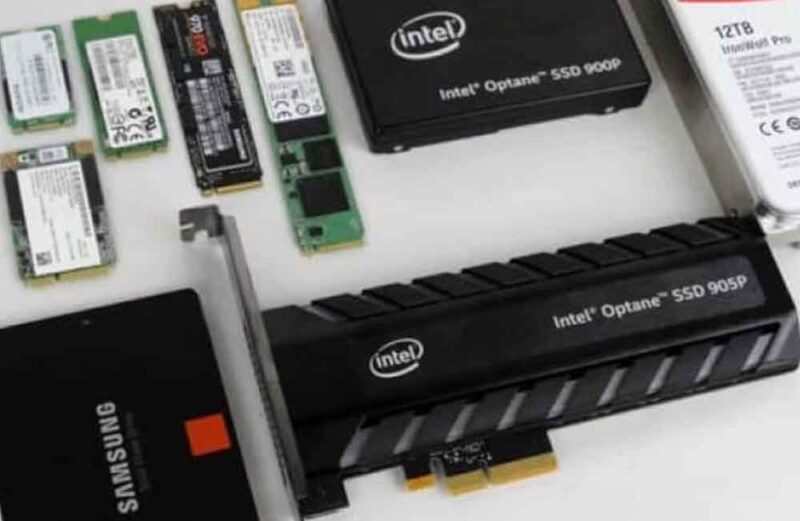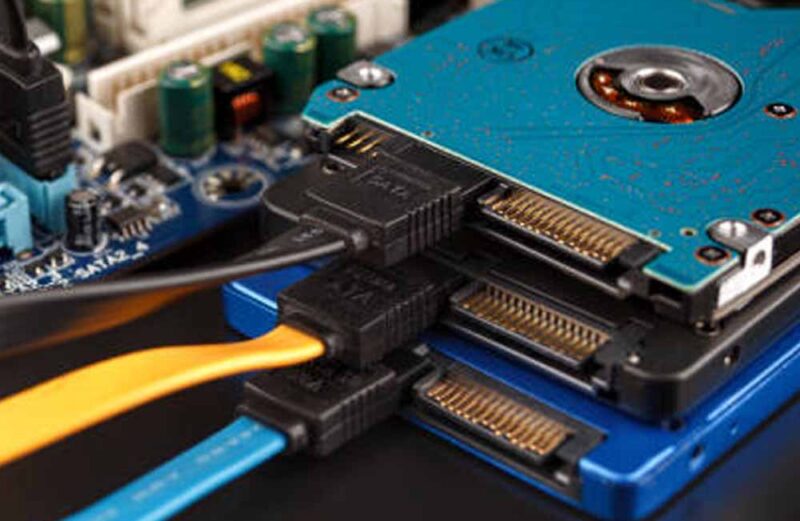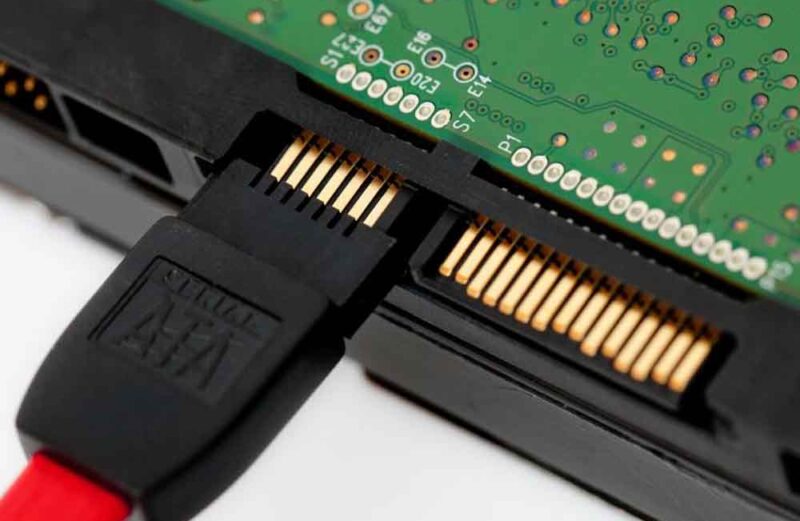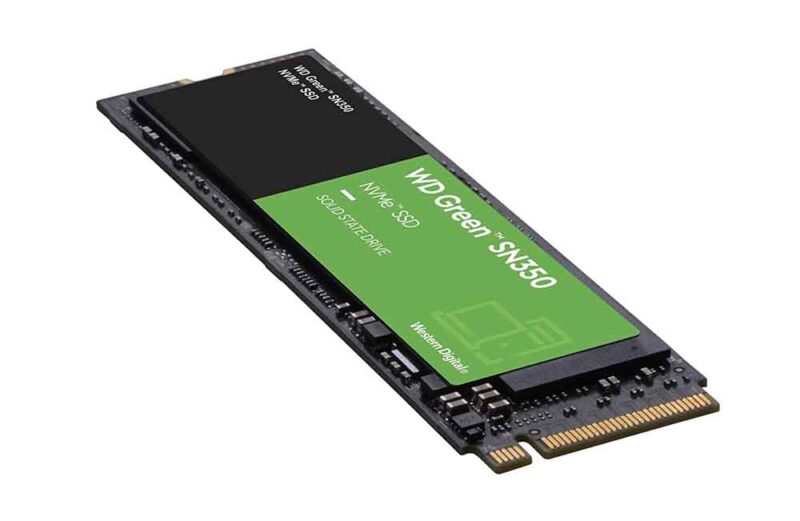A computer mouse is a handheld device used to control the movement of a cursor on a computer screen. It was invented in 1963 by Douglas Engelbart, and became an essential part of personal computing. The mouse typically has two buttons and a scroll wheel that can be used for additional functions such as clicking, […]
What is Arithmetic Logic Unit (ALU) in Central Processing Unit (CPU)?
The Arithmetic Logic Unit (ALU) is a component of the Central Processing Unit (CPU) in a computer. It is responsible for performing mathematical and logical operations on data stored in the computer’s memory. The main functions of the ALU include: Arithmetic operations: The ALU performs basic arithmetic operations such as addition, subtraction, multiplication, and division. […]
What is Control Unit (CU) in Central Processing Unit (CPU)?
The Control Unit (CU) is a component of the Central Processing Unit (CPU) in a computer. It is responsible for coordinating the activities of the other parts of the CPU and ensuring that the computer executes instructions in the correct order. The main functions of the control unit include: Fetching instructions from memory: The control […]
What is Central Processing Unit (CPU)?
The Central Processing Unit (CPU), also known as the processor or the microprocessor, is the “brain” of a computer. It is responsible for executing most of the instructions that a computer receives from its various inputs, including keyboard, mouse, and other peripheral devices. The CPU is composed of two main parts: the control unit (CU) […]
What is caddy used for?
In the context of a laptop, a caddy refers to a device that provides a way to add an additional hard drive or solid-state drive to a laptop computer. The caddy typically takes the form of a tray that fits into a laptop’s optical drive bay, allowing you to install a second drive in the […]
What is Flash Memory?
Flash memory is a type of non-volatile memory that is used in many modern digital devices, including smartphones, digital cameras, laptops, USB drives, and solid-state drives (SSDs). Unlike traditional magnetic hard drives, flash memory does not require a continuous power supply to retain data. Flash memory works by storing data in an array of transistors […]
What is NAND Technology?
NAND is a type of non-volatile memory technology used in many modern solid-state drives (SSDs) and other types of flash storage devices. NAND is based on the NAND logic gate, which is used in digital electronics to implement the AND function. In NAND flash memory, data is stored in cells made up of floating-gate transistors. […]
What is a hard disk drive (HDD)?
A hard disk drive (HDD) is a type of data storage device that uses magnetic storage to store and retrieve digital information. It consists of one or more spinning disks (platters) coated with magnetic material, and a read/write head that moves across the platters to read and write data. HDDs have been widely used in […]
What about SATA?
SATA (Serial ATA) is a computer bus interface that connects storage devices such as hard disk drives (HDD) and solid-state drives (SSD) to a computer’s motherboard. It was first introduced in 2000 and is the most widely used interface for connecting storage devices to a computer. SATA operates at a speed of up to 6 […]
What is an NVMe SSD?
NVMe SSD (Non-Volatile Memory Express Solid-State Drive) is a type of solid-state drive (SSD) that uses the NVMe (Non-Volatile Memory Express) protocol to communicate with a computer’s central processing unit (CPU). NVMe SSDs are designed to take advantage of the speed and low latency of the NVMe protocol, which was developed specifically for solid-state storage. […]


